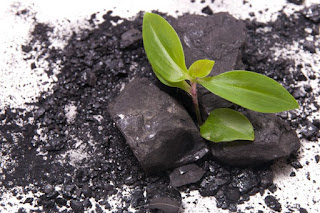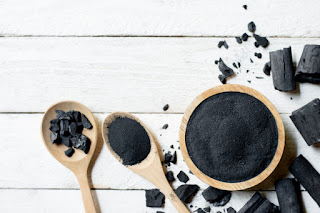Know More About The Activated Carbon: An Ultimate Guide (PDF)

The existence of a large number of tiny pores on the surface of activated carbon, also known as activated charcoal. The surface area of an element increases as the number of pores increases, increasing its adsorption power. Potable water purification and sewage treatment plants are two of the most common end uses. Manufacturing technological advances are expected to boost the industry's growth even further. Get PDF Here Activated Carbon The "Global Activated Carbon Market Analysis to 2028" is a specialized and in-depth study of the chemicals and materials industry with a special focus on the global market trend analysis. The report aims to provide an overview of the activated carbonmarket with detailed market segmentation by product and application. The report provides key statistics on the market status of the leading activated carbonmarket players and offers key trends and opportunities in the market. Consumers are becoming increasingly aware of the significant ...


